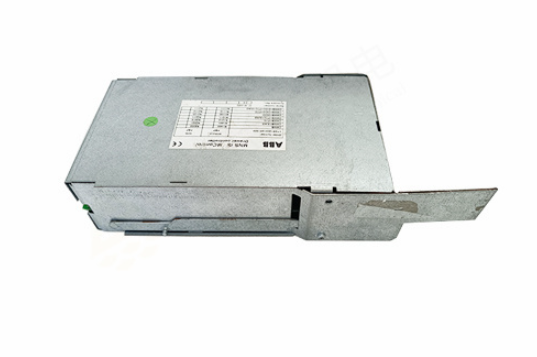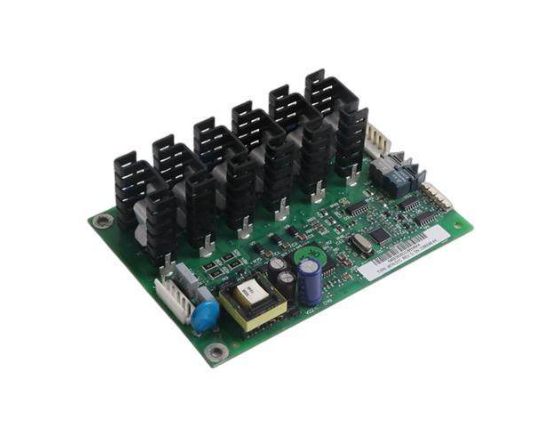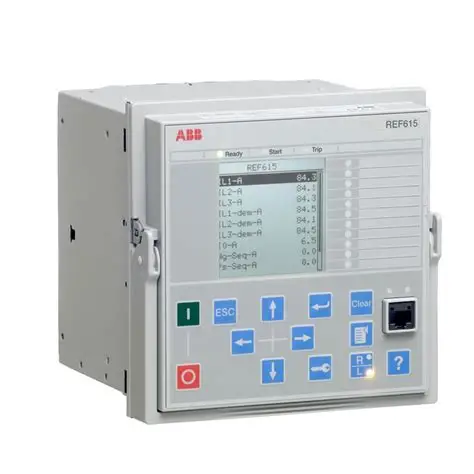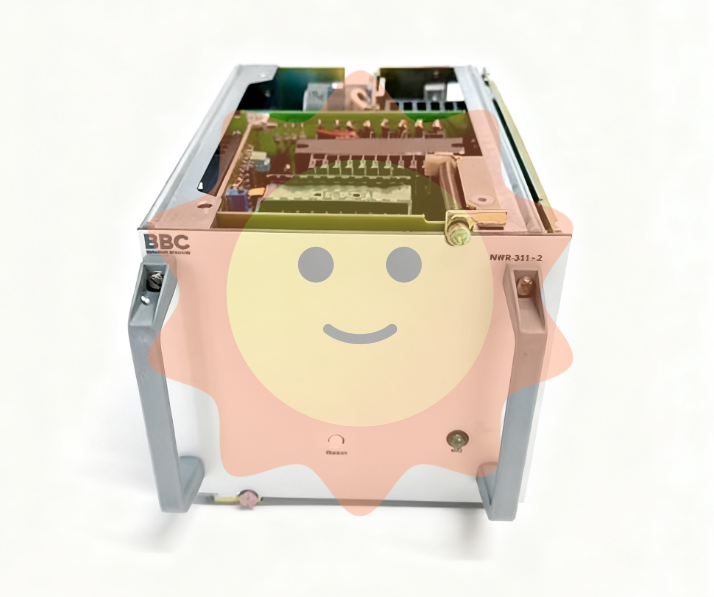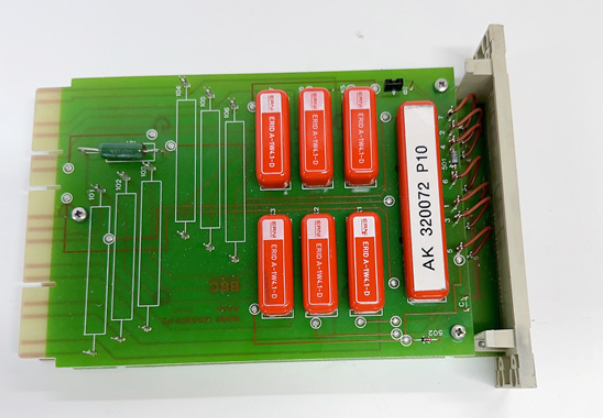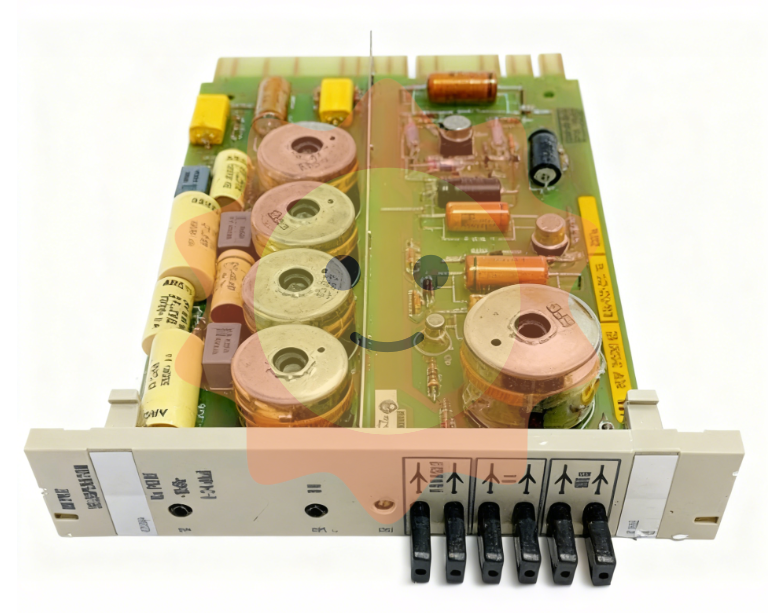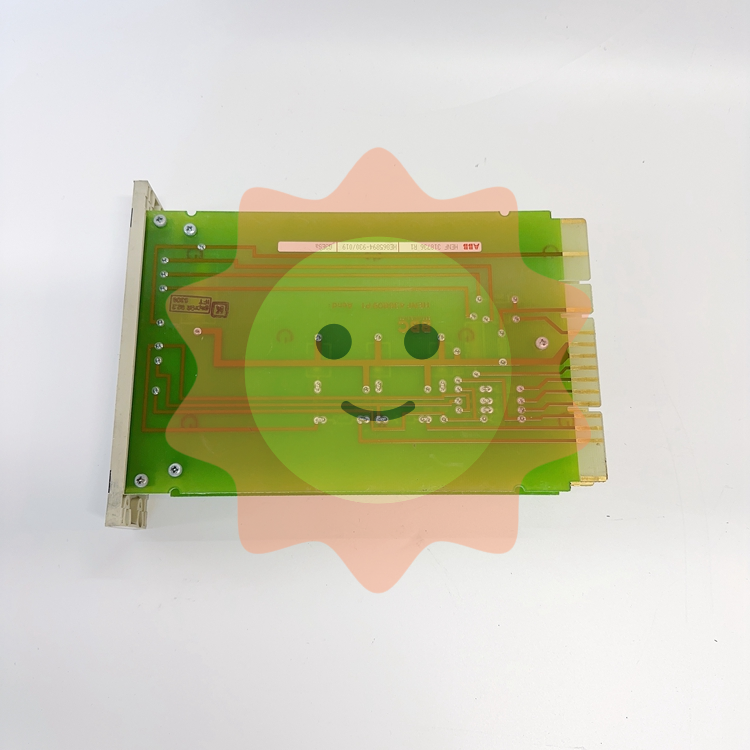We will comprehensively strengthen infrastructure development
Strengthening infrastructure development in an all-round way is of great significance to ensuring national security, unblocking the domestic cycle, promoting the double domestic and international cycle, expanding domestic demand, and promoting high-quality development. In this regard, it is necessary to firmly grasp the direction of infrastructure development, accelerate the implementation of a number of infrastructure projects that are conducive to expanding short-term demand and building long-term momentum, coordinate infrastructure planning and construction in various regions and sectors, optimize factor support measures, and accelerate the construction of a modern infrastructure system. Infrastructure development will play an important role in expanding domestic demand, increasing supply, stabilizing expectations, and benefiting the long-term.
Have strategic significance
Infrastructure is an important support for economic and social development. Moderately advanced construction of infrastructure that has a supporting and leading role in future development is an important experience for China to promote economic and social development. At present, the external environment is becoming more complex, severe and uncertain. China's economic development is faced with the triple pressure of shrinking demand, supply shocks and weakening expectations. It is an arduous task to achieve steady improvement in quality and reasonable growth in quantity. Specific to the field of infrastructure, although the overall level of China's infrastructure has achieved a leapfrog improvement, it is not adapted to the national development and security needs. In this context, comprehensively strengthening infrastructure construction has the dual strategic significance of responding to the development situation and promoting the adaptation of supply and demand, and plays an important role in promoting high-quality economic development and comprehensively building a modern socialist country.

After years of continuous promotion of infrastructure construction and investment, China has initially formed a super-large-scale infrastructure network, which has become the main artery to ensure smooth domestic and international economic circulation and efficient flow of factors of production, and strongly supported economic and social development. However, it should also be noted that at present, China's infrastructure is not adapted to the national development and security needs, and there are still shortcomings in supporting the smooth economic circulation, coordinated development between urban and rural areas, the construction of a modern circulation system, enabling industrial upgrading, and promoting green and low-carbon transformation, and there are still many hidden risks of security, and structural contradictions in regional distribution and function types. In the face of the outbreak of COVID-19, extreme weather, escalating international disputes and other emergencies, infrastructure has exposed many deficiencies in service support capacity, which still falls short of people's needs for a better life. Based on the new development stage, comprehensively strengthening infrastructure construction is not only an important measure to accurately make up for weaknesses and strengths, but also an inevitable requirement for accelerating the construction of a new development pattern.
At the same time, comprehensively strengthening infrastructure construction and moderately advancing infrastructure investment can play a positive role in increasing effective supply, vigorously expanding domestic demand and stabilizing development expectations in an increasingly complex domestic and international environment, and is an important starting point for promoting steady improvement in quality and reasonable growth of the economy.
Focus on five transformations
To comprehensively strengthen infrastructure development under the new situation, we need to find the right direction to make efforts.

The first is to shift from scale and quantity expansion to quality and efficiency priority. Infrastructure construction under the new situation should fully reflect the requirements and characteristics of the new era and new stage. Specifically, in accordance with the requirements of high-quality development, focusing on adapting to the construction of a modern economic system and meeting the needs of the people for a better life, while further strengthening the weaknesses and strengths, pay attention to the quality improvement of infrastructure development and the realization of comprehensive benefits, pull supply with high-quality demand, create demand with effective supply, and achieve a higher level of dynamic balance and accurate matching between supply and demand. Make infrastructure more supportive of national economic development.
The second is the shift from focusing on cross-regional connectivity to focusing on precise development in sub-regions. At present, the regional restructuring of the global industrial chain and supply chain is obvious. In China, the advantages of the ultra-large market and the potential of domestic demand have accelerated the adjustment of the distribution of economic space and productivity, and the concentration of factors in central cities and urban agglomerations has become more obvious, and the development trend of different spatial scales has accelerated the differentiation between inland and coastal areas, developed and less developed regions, different functional zones, urban agglomerations, and urban and rural areas. According to the development foundation, comparative advantages and strategic bearing requirements of different regions, while consolidating and improving the national infrastructure network and promoting the equalization of basic public services, it is necessary to improve the quality of the regional infrastructure network of major national strategic bearing regions, accurately complement the weak points of development, and enhance the balance of development.

Third, the transition from individual development to overall synergy. As the global economic and trade structure is restructured at a faster pace and the impact of the COVID-19 pandemic continues, the risk of disruption of industrial and supply chains across the globe is increasing. In this regard, China proposes to accelerate the construction of a new development pattern with the domestic cycle as the main body and the domestic and international cycles promoting each other, and smooth the production, distribution, circulation and consumption links. It should be noted that infrastructure is an important guarantee for upgrading the modernization level of the industrial chain and supply chain and ensuring its safety, reliability, stability and competitiveness. At the same time, transportation, logistics, information and other infrastructure is deeply embedded in every link of the economic cycle, and is the basic support for the efficient circulation of the national economy. To comprehensively strengthen infrastructure development under the new circumstances, it is necessary to break the segmentation between regions and industries, establish a sound coordination mechanism for major infrastructure development, accelerate the formation of a development trend of mutual support, synergy and integration among various types of infrastructure, fully tap the scale advantage and development potential of infrastructure networks, and ensure the efficient operation of industrial and supply chains. Promoting industrial transformation and upgrading.
Fourth, the transition from construction-oriented to full-life-cycle coordinated development. In the early stage of reform and opening up, China's infrastructure development entered a stage of rapid development dominated by construction, and the quality and capacity of all kinds of infrastructure were comprehensively improved in a relatively short period of time. At present, the internal and external environment for development has changed, and it is necessary to change the development model as soon as possible, while basically meeting the needs of economic and social development and under the constraints of resource factors, accelerate the implementation of a number of projects that are conducive to both effective investment in the short term and long-term development, take into account the needs of different types and levels of development, and promote the upgrading and upgrading of infrastructure. We will raise the level of green and low-carbon development, improve the informatization and intelligent development of operations and management, improve the anti-risk capability of infrastructure, and enhance the coordinated development of infrastructure throughout its life cycle.

The fifth is to shift from government dominance to government market coordination. International experience shows that in the process of traditional infrastructure development dominated by construction, a country's infrastructure construction is usually led by the government due to the characteristics of large investment, high sunk cost and long return on investment cycle, which is reflected in the process of traditional infrastructure construction in major countries in the world. As traditional infrastructure gradually enters the stage of optimization and upgrading and collaborative operation of the whole life cycle, the accelerated development of new infrastructure requires the mobilization of various forces. In this regard, the government should strengthen comprehensive planning and deployment across sectors and departments, promote policy coordination, remove institutional barriers and administrative barriers, support the innovation of market-oriented investment and financing models, and form a new mechanism for the integrated development of traditional infrastructure and new infrastructure.
The emphasis is on achieving results
To strengthen infrastructure construction, we need to pay attention to the common laws and individual characteristics of infrastructure development, adhere to problem-oriented and goal-oriented, grasp key issues, and promote infrastructure construction to achieve actual results.
Advance investment and prevent risks simultaneously. At the same time of moderately advanced infrastructure investment, it is necessary to calculate both economic and comprehensive accounts. It is necessary to speed up the preliminary work of engineering projects, deepen technical plans scientifically, strengthen factor guarantee measures, and expand the scope of pilot projects for high-quality infrastructure development. Prudently resolve the risks of existing assets and debts, and effectively prevent the "risk of disposal risks"; Implement relevant regulations and approval procedures for government investment projects, effectively curb new hidden debts, and improve risk assessment for major projects; Pay attention to regional risk differences and strengthen classification guidance to ensure the sustainability of infrastructure development.

We should work together to revitalize existing stock and expand incremental growth. We will give priority to making good use of existing infrastructure, and strive to promote the functioning of existing infrastructure to avoid waste. Effectively revitalize existing assets, form a virtuous cycle of existing assets and new investment, and achieve market-oriented financing that is sustainable in economy and self-balanced in finance. In order to improve the comprehensive benefits and operational efficiency of infrastructure networks, we should coordinate the development of new facilities and the upgrading and upgrading of existing facilities, effectively solve practical problems, and avoid blind construction.
Traditional infrastructure and new infrastructure go hand in hand. To adapt to the development trend of digital technologies, promote the integration and mutual development of traditional infrastructure and new infrastructure, promote the digital upgrading of traditional infrastructure, consolidate the foundation of scientific and technological innovation, and change the development model of traditional infrastructure. We will strengthen forward-looking and leading technology research and development and innovative application of infrastructure. We should take into account the construction needs and operational benefits of all types of infrastructure, promote coordinated development of all types of infrastructure, cross-regional integration and integrated development, and realize overall planning and resource sharing.

Coordinate the scale, pace and quality of development. It is necessary to adhere to the economic application, scientifically and reasonably determine the technical standards and construction scale, grasp the moderately advanced "degree", put an end to the one-sided pursuit of high standards, heavy input over output and other undesirable tendencies, and achieve the unity of economic, social, ecological and security benefits of infrastructure development.
- EMERSON
- Honeywell
- CTI
- Rolls-Royce
- General Electric
- Woodward
- Yaskawa
- xYCOM
- Motorola
- Siemens
- Rockwell
- ABB
- B&R
- HIMA
- Construction site
- electricity
- Automobile market
- PLC
- DCS
- Motor drivers
- VSD
- Implications
- cement
- CO2
- CEM
- methane
- Artificial intelligence
- Titanic
- Solar energy
- Hydrogen fuel cell
- Hydrogen and fuel cells
- Hydrogen and oxygen fuel cells
- tyre
- Chemical fiber
- dynamo
- corpuscle
- Pulp and paper
- printing
- fossil
- FANUC
- Food and beverage
- Life science
- Sewage treatment
- Personal care
- electricity
- boats
- infrastructure
- Automobile industry
- metallurgy
- Nuclear power generation
- Geothermal power generation
- Water and wastewater
- Infrastructure construction
- Mine hazard
- steel
- papermaking
- Natural gas industry
- Infrastructure construction
- Power and energy
- Rubber and plastic
- Renewable energy
- pharmacy
- mining
- Plastic industry
- Schneider
- Kongsberg
- NI
- Wind energy
- International petroleum
- International new energy network
- gas
- WATLOW
- ProSoft
- SEW
- wind
- ADVANCED
- Reliance
- YOKOGAWA
- TRICONEX
- FOXBORO
- METSO
- MAN
- Advantest
- ADVANCED
- ALSTOM
- Control Wave
- AB
- AMAT
- STUDER
- KONGSBERG
- MOTOROLA
- DANAHER MOTION
- Bently
- Galil
- EATON
- MOLEX
- Triconex
- DEIF
- B&W
- ZYGO
- Aerotech
- DANFOSS
- KOLLMORGEN
- Beijer
- Endress+Hauser
- MOOG
- KB
- Moxa
- Rexroth


Email:wang@kongjiangauto.com

